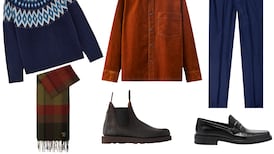I’ve been writing about beauty for more than seven years, and my “dubious detector” is now set to “stun”. My background is in blogging, where I constantly got myself into hot water by debunking claims. I am more polite now, but, as soon as I see a new product, I want to see how, why, where and if it works. Here’s some of the wisdom I’ve picked up along the way:
Not everyone suits yellow-based foundation
This is a myth as insidious as “everyone suits brown eyeshadow”. Some skin tones clearly suit pink-toned foundation. An enormous amount of confusion exists about which foundation tone will suit an individual’s skin (one way to tell is to check the colour of the veins in your wrist: if they are blue, you are pink-toned; if they are green, you are yellow-toned). I am pink-toned and no matter how much I would love to wear Bobbi Brown foundation, for example, I just can’t, as all their foundations are yellow-toned and make me look like I have jaundice. Brands such as Mac, YSL and L’Oréal all have pink-toned foundations in their ranges; I stick to these.
The term ‘hypoallergenic’ is meaningless
Anybody can stick the word “hypoallergenic” on their products; there is nothing to stop them. It’s a meaningless claim, without any scientific backing.
There’s nothing wrong with parabens
Parabens are just mild-mannered preservatives and are safe enough to be found in food. They have received so much bad press that they are unfairly seen as the bad guy of skincare ingredients.
Why more products don’t have an SPF
Any product containing SPF must be sold in a container exactly the same as the one it was tested in. If anything changes – the colour of the container or the application nozzle, for instance – then the product has to be retested, which takes time and money. Plus, adding SPF means the addition of more chemicals to the formula, so it is no wonder many companies don’t bother with an SPF.
Hyaluronic acid really works
Some ingredients really deliver, and hyaluronic acid is the best one for instant moisturisation. It will work straight away and that is a fact. Salicylic, glycolic, AHAs and lactic acid also work.
You are paying for the packaging and advertising of premium brands
The assumption that every premium brand cosmetic must be better than its budget counterpart is untrue but there is a place for brands with fancy packaging.
[ beaut.ieOpens in new window ]
[ @aismcdermottOpens in new window ]
beauty@irishtimes.com
AISLING’S PICKS OF THE WEEK
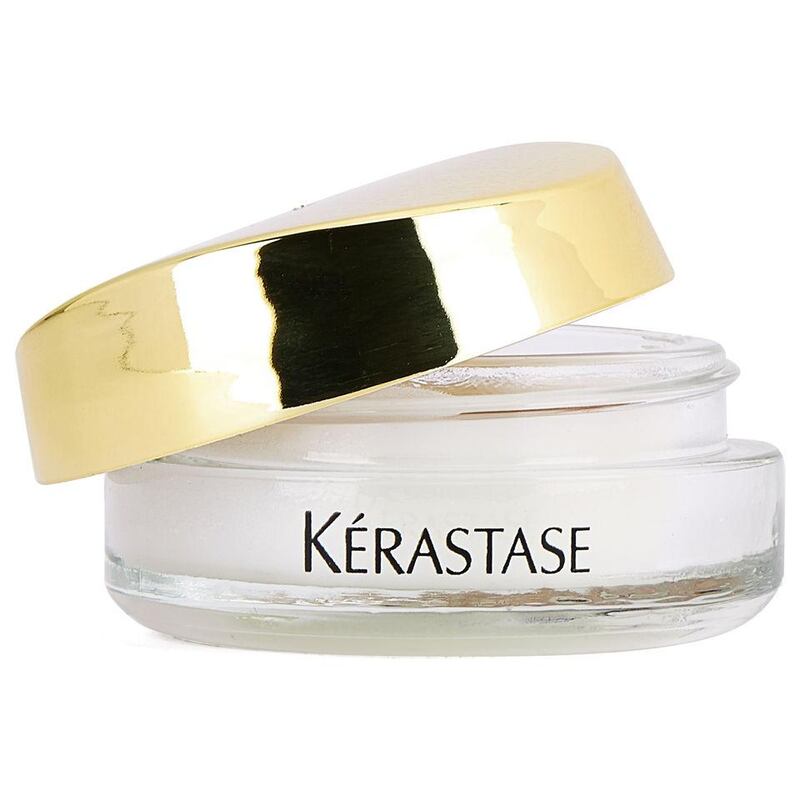
K
érestase Balm Serum
(€29) A solid balm that melts to oil upon application.
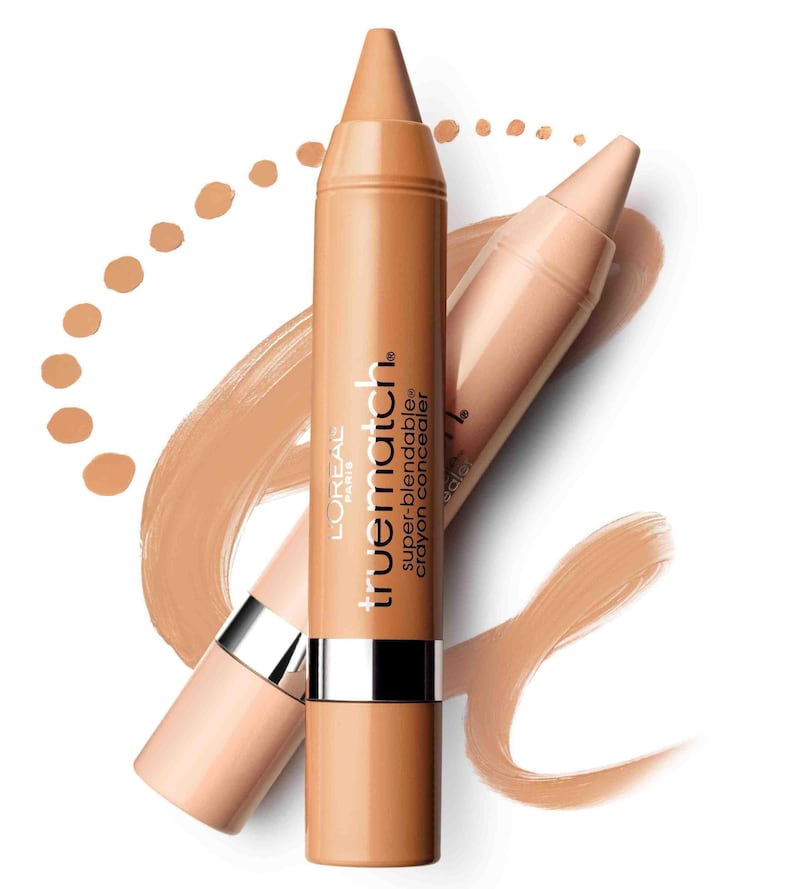
L’Oréal Perfection True Match Concealer Crayon
(€8.99) I like the fact that this twist-up crayon is available in four shades, which means you can match your skin tone perfectly and not end up with a white ring around your eyes.
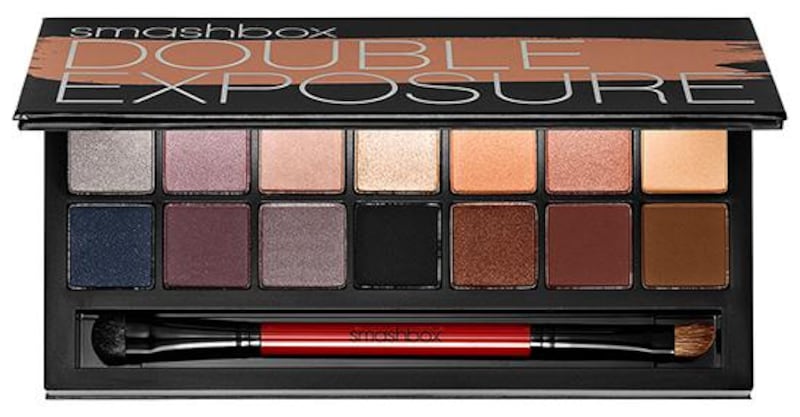
Smashbox Double Exposure
(€44) Adding water deepens the shades in this palette; it intensifies glimmer in the shimmer shades and produces a foil effect in the metal ones. You’ll have hours of fun playing around with this.
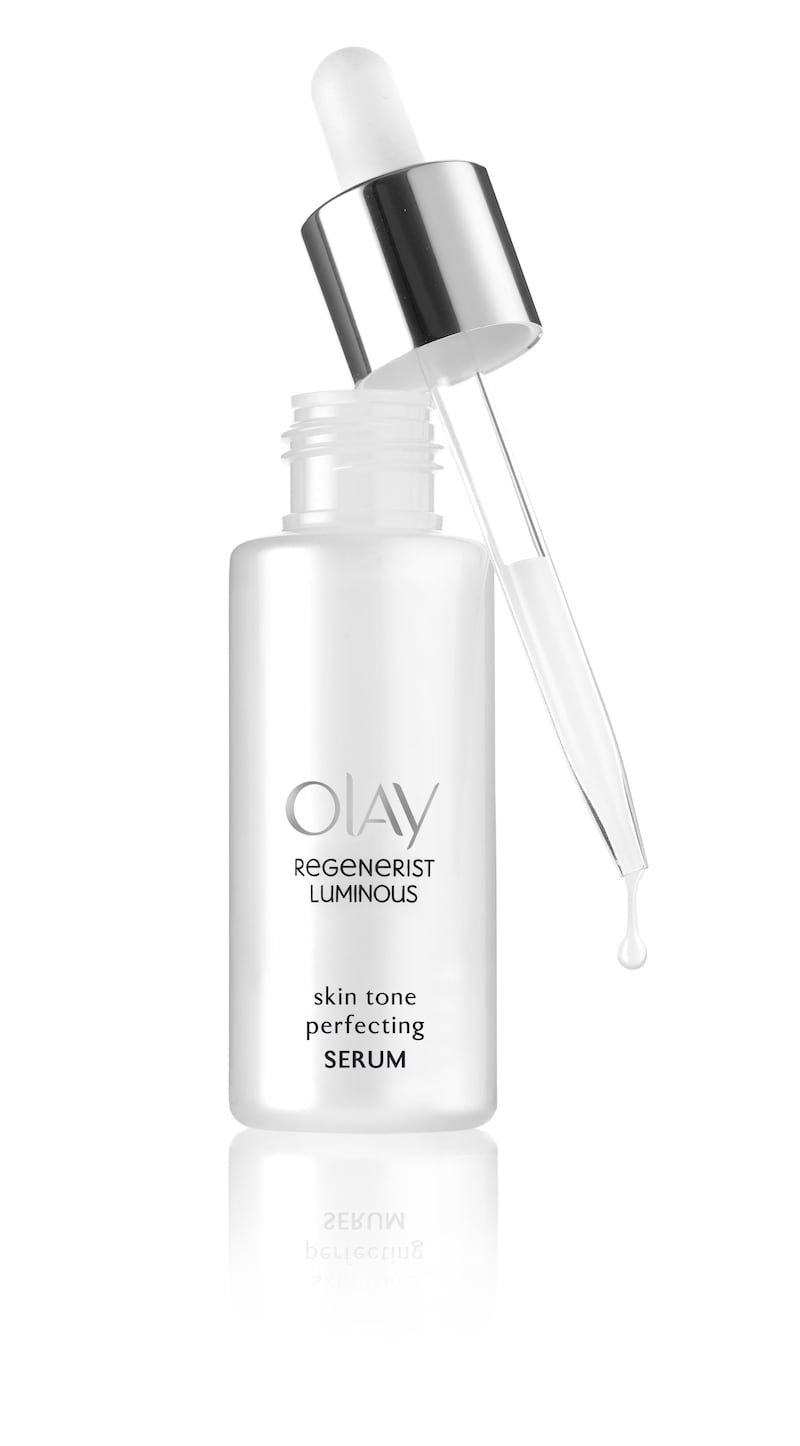
Olay Regenerist Luminous Skin Tone Perfecting Serum
(£29.99) If you are after a daytime serum to make your skin look instantly brighter and to provide a smooth base for make-up, give this a try. Silicone in the formula works like a line-blurring product, and other ingredients reflect light to illuminate your skin.
AISLING LOVES . . .
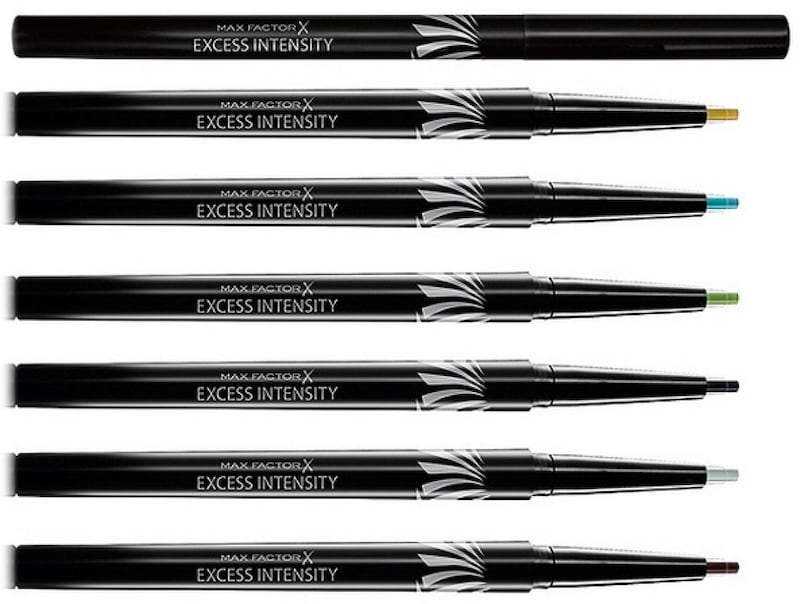
Max Factor Excess Intensity Longwear Eyeliner
(€8.99) Those possessed of a wobbly hand and a fear of liquid liner will love this. It is practically impossible to mess up the line, and, if you want a deeper shade and a sharper line, you can just run black eyeshadow over the top with an angled brush.




